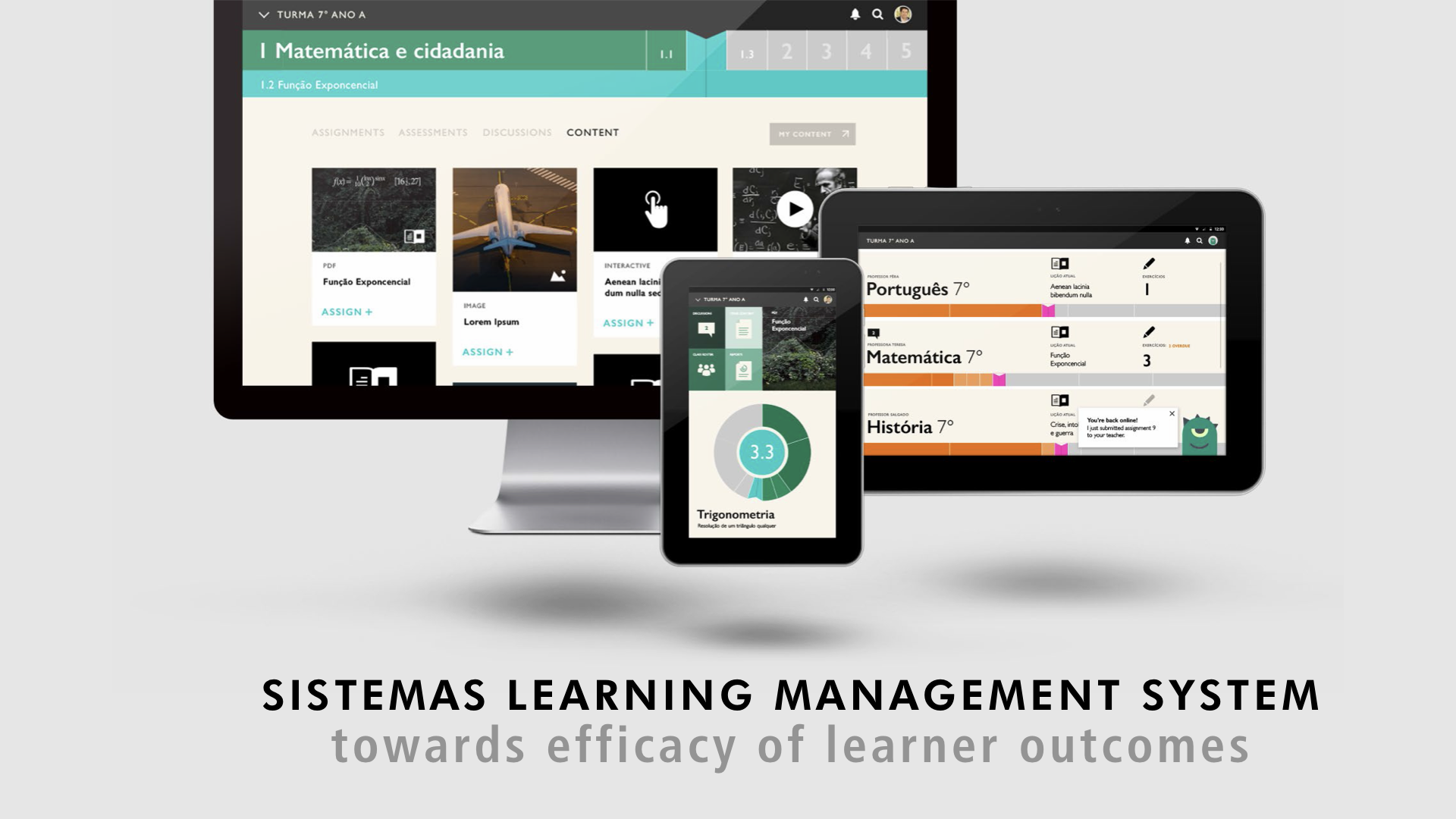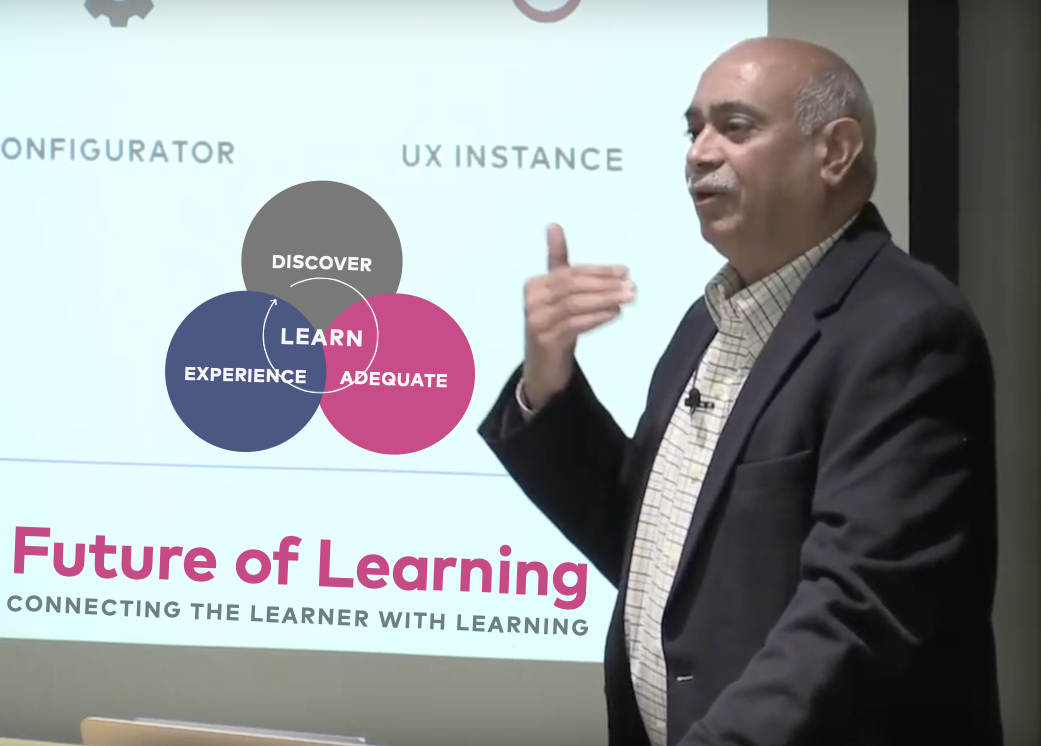Measuring learner outcomes requires the entire software stack to be transparent. Current solutions perform too much parsing and operations, rendering student and teacher data intelligible, and the data-centricity makes software hard to change. The result is components glued together monolithically, making it hard to measure changes in a way that doesn’t produce confounding variables. The data gathered remains inconclusive with no consistent recommendations or set of actions to take. Thus it becomes a vicious cycle making it impossible to achieve the mission of delivering learner outcomes.
Given that we all learn differently, we designed the platform to deliver intelligence in batches of one. Personal recommendations with curated content and assessments guide students to their next level of mastery.
We abstracted the entire stack to be modular and extensible to enable its components to be configured, customized, updated at an atomic level, without any side-effects, leaving the stack functionally equivalent to its previous state.
We leveraged an open ecosystem for content and services to enable personal and adaptive learning, constraining the experience layer to remain consistent across content and services.
A constrained experience layer guides how the user interacts and experiences the product, enabling learner outcomes to be measurable. It delivers functional equivalence by consistently flowing through content and services from an open ecosystem. This equivalency allows for a teacher to select and combine content from different sources into lesson plans and adapt it to a learner’s unique needs.






